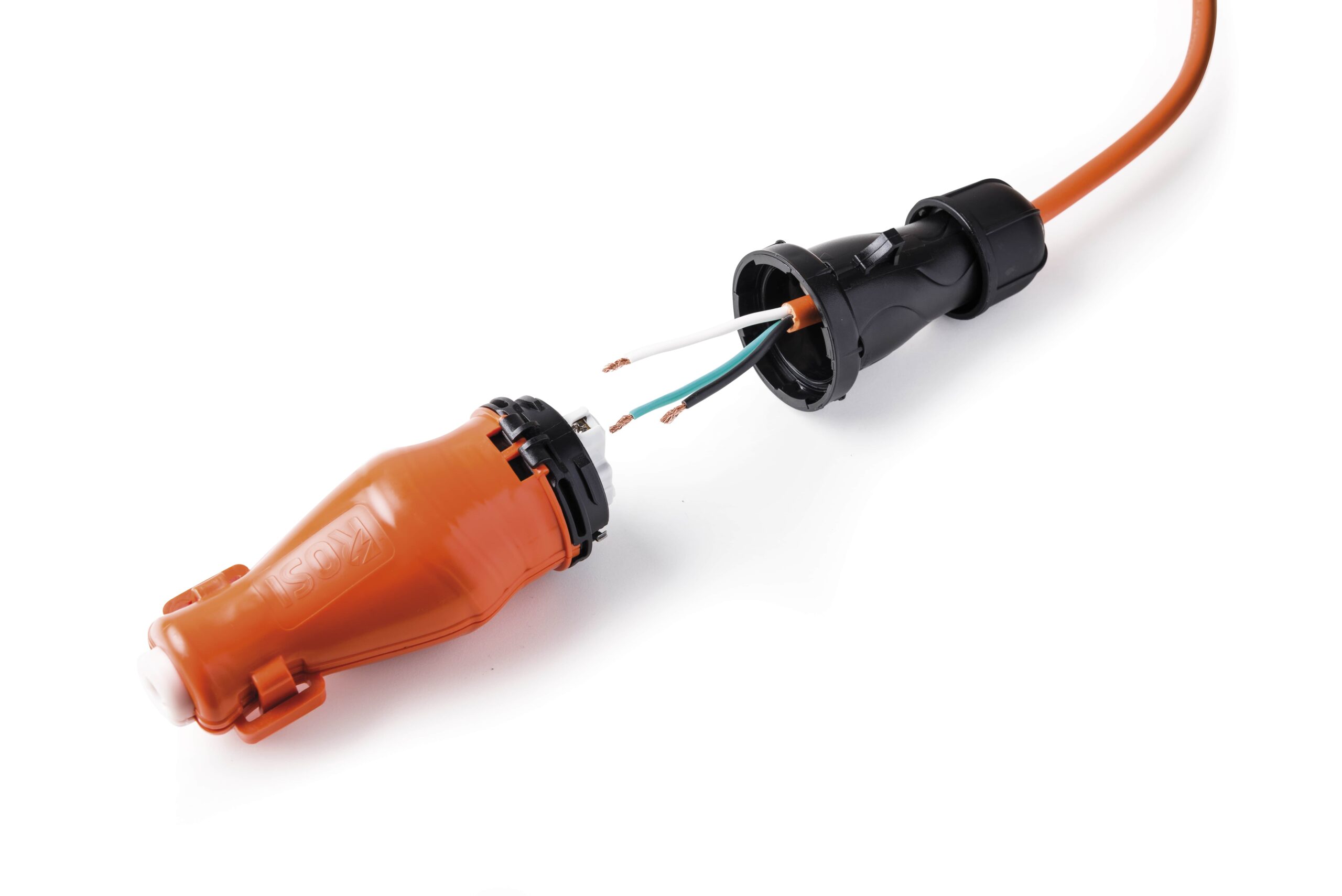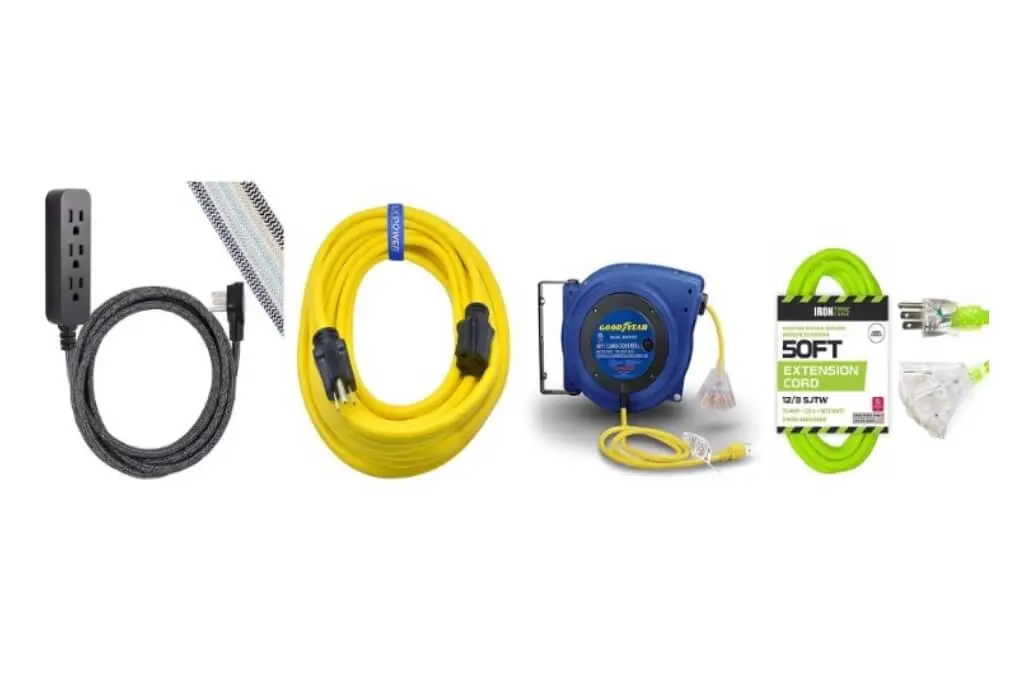Extension cords are incredibly versatile tools that enable us to bring electricity to places where it might not be readily available. They can come in handy for a variety of purposes, such as setting up a new workstation in your garage, landscaping your garden, or simply plugging in holiday lights. However, not all extension cords are created equal, and one crucial factor to consider is the cord’s gauge. But what does “gauge” mean in the context of extension cords and how do you choose the right one for your needs? Let’s explore this electrical mystery together and make sure you pick the right cord for your specific requirements.
What Does “Gauge” Mean?
In extension cords, the term “gauge” refers to the thickness or diameter of the wire inside the cord. It is typically expressed as a number, with lower numbers indicating thicker wires. Wire gauge is a vital factor because it directly affects the cord’s capacity to carry electrical current safely.
Different Gauges and Their Uses
Extension cords come in various gauges; each gauge serves a specific purpose. Here’s a breakdown of the most common extension cord gauges and their typical uses:
1. 10 Gauge (AWG 10)
- Heavy-Duty Appliances: 10-gauge extension cords are the thickest and can handle the most current. They suit heavy-duty appliances like air compressors, large power tools, and electric vehicle chargers.
- Long-Distance Power: If you need to extend power over a considerable distance, a 10-gauge cord is your best bet to avoid voltage drop and ensure safe operation.
2. 12 Gauge (AWG 12)
- Medium-Duty Tools: 12-gauge extension cords are versatile and can handle various tools and devices. They suit lawnmowers, drills, saws, and most household appliances.
- General Outdoor Use: These cords work well for outdoor activities such as yard work, gardening, or holiday lighting.
3. 14 Gauge (AWG 14)
- Light to Medium-Duty Tools: 14-gauge cords are best suited for lighter tools and devices like leaf blowers, string trimmers, and smaller power tools.
- Indoor Use: They are perfect for indoor applications such as connecting lamps, computers, and home electronics.
4. 16 Gauge (AWG 16)
- Light Duty: 16-gauge cords are the thinnest and can handle the least current. They are suitable for small, low-power devices like phone chargers, radios, and fans.
- Limited Distance: Due to their thinner wires, 16-gauge cords should not be used for long distances or high-power applications.
How to Determine the Right Gauge
Selecting the right extension cord gauge is crucial to ensure safety and efficient power delivery. Here’s a step-by-step guide to help you make an informed decision:
1. Identify Your Appliance or Tool’s Power Requirements
Before you can choose the right gauge, you need to know how much power your appliance or tool requires. Check the manufacturer’s label or user manual for information on voltage (V) amperage (A) and power factor (p.f). These specifications will help you determine the wattage (W) using the formula: W = V x A x p.f.
2. Consider the Cord Length
The longer the extension cord, the more significant the voltage drop can be, especially with thinner gauges. To minimize voltage drop, choose a thicker gauge if you need a longer cord. Consider the following approximate cord length limits for common gauges:
- 10 Gauge: Up to 100 feet
- 12 Gauge: Up to 50 feet
- 14 Gauge: Up to 25 feet
- 16 Gauge: Up to 10 feet
3. Match the Gauge to Your Requirements
Now that you know your appliance’s power requirements and the cord length needed, you can select the appropriate gauge. Here’s a quick reference:
- For heavy-duty appliances and long-distance use, choose a 10-gauge cord.
- For medium-duty tools and general outdoor use, opt for a 12-gauge cord.
- Light to medium-duty tools and indoor applications are well-suited for 14-gauge cords.
- For small, low-power devices and short distances, a 16-gauge cord will suffice.
The Risks of Using the Wrong Gauge
Selecting the wrong gauge extension cord can lead to various risks, including:
1. Overheating
Using a cord with a gauge that is too small for your device can cause overheating. When the cord cannot handle the current required, it becomes a bottleneck for electricity flow, leading to excessive heat generation. This heat can melt insulation, damage the cord, or even start a fire.
2. Voltage Drop
Thinner gauge cords are more susceptible to voltage drop, especially over longer distances. Voltage drop can result in reduced appliance performance and, in some cases, damage to sensitive electronics. For example, your power tools may not run as efficiently, or your computer may experience sudden shutdowns.
3. Fire Hazard
Perhaps the most severe risk of using the wrong gauge extension cord is the potential for a fire hazard. Overloaded or overheated cords can ignite nearby combustible materials, leading to a dangerous and potentially life-threatening situation.
4. Reduced Lifespan
Using an undersized extension cord for high-power appliances can significantly reduce its lifespan. The cord’s wires and insulation may degrade more quickly, leading to frequent replacements and added expenses.
In Conclusion
Choosing the right extension cord gauge is essential for the safe and efficient operation of your appliances and tools. Understanding the power requirements of your devices, considering the cord length, and matching the appropriate gauge will help you make an informed decision. Remember that using the wrong gauge can lead to overheating, voltage drops, fire hazards, and premature cord failure.
By following these guidelines, you can ensure that your extension cord serves you well and keeps your electrical connections secure. So, the next time you embark on a DIY project or need to power your favorite outdoor gadgets, you’ll be armed with the knowledge to make the right choice. Stay safe, and enjoy your powered-up adventures!


